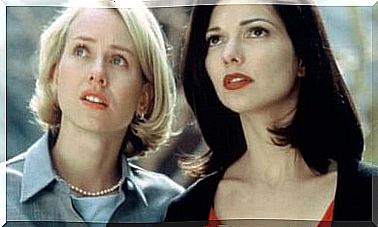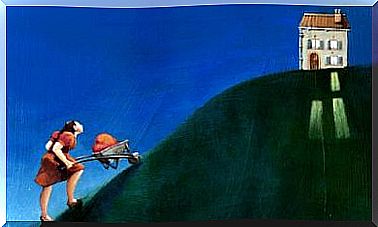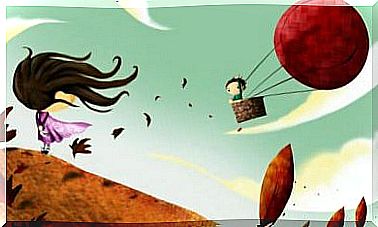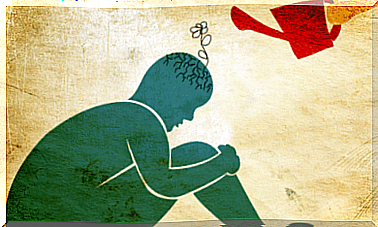Strategies That Help With Problem Solving
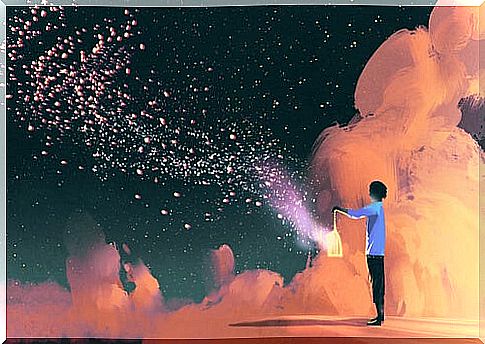
Albert Einstein was a person who deserved to be listened to. Fortunately for us, he left behind an amazing lesson, such as this quote: “We cannot solve problems by using the same thought pattern we used to create them.” Use this logic and ask yourself, what strategies do you use for problem solving?
Among a huge amount of options, people tend to use two fairly reliable strategies – or so they think. First we will discuss strategic problem solving and then we will talk about the paradox with the lost key. Do you want to join the trip?
What strategies are useful for solving problems?
Facing the problems in the right way will help you learn. It has always been said that making mistakes is the best way to learn. But it can also be smart to do things in a good way. If you find a solution and thus solve the problem, you are going to take some valuable things with you along the way.

How to Confront Problems Using Strategic Problem Solving
Strategic problem solving is a model that can be used in any area and with different levels of difficulty. If you are going to use it in practice, you must first know the three basic steps: definition, goal, and confrontation.
Definition
The first step is definition. Before looking for a solution, you need to know what problem to face. You need to know the nature of the problem.
One way you can define the problem is to ask yourself what it consists of, where it is, when it occurred, who is to blame for it, how and why it happened… In other words, it is best to use something time to identify every little thing about the problem.
“If I had an hour to solve a problem, I would spend 55 minutes thinking about the problem and 5 minutes thinking about solutions.”
-Albert Einstein-
Goal
Once the problem has been defined, find out what your goal is. Instead of constantly complaining without finding a way out, ask yourself what result you want to achieve. For example, if you have a job interview in 6 months and you know that they want you to be able to perform at a certain level in a foreign language, then your goal is to get there. You may find out later that you actually like that language and would like to learn more, but this is the preliminary goal.
Take a look at your problems, analyze and visualize them as challenges instead of threats. If you look at them that way, it will be a source that provides much more motivation, produces much less stress and much more satisfaction.

Confrontation
Once you are fully aware of the problem you have, then it is time to establish a strategy that can solve it. You know your goal and the size of your problem, so now is the time to think about the problem solving method.
In other words , you will need to look at which strategy is best for achieving your goal and solving your problem. Here are some techniques:
- Push the problem all the way to the edge. Sometimes it has to get worse before it can get better. They say it is always quiet after the storm. Maybe it can be a way to push the whole thing, by reaching the edge and hitting the bottom. For example, if there is a fire, it is often not worth saving the situation. For the price you have to pay would be too high. You would have to wait for the firefighters to put it out for you. Then you could throw everything away so you can start from scratch.
- Backward planning. Another strategy involves working backwards from the solution. That is, you have to imagine that everything has been solved, and then start by examining how you got to that point, and then the step before that, and so on. It’s like rewinding the VHS tape and seeing how the strategy unfolds. Mathematicians, for example, use this strategy a lot when they have to prove something. They start from what they are trying to prove. From there, they see if they can get to the place they have already demonstrated.
- Take a closer look at the problem. To be able to do this, you have to visualize and project it into your thoughts. That way, you will find the strength and motivation to overcome the uncertainty and be free to find the best solution.
The lost key
This problem-solving technique comes from a book entitled: The Situation is Hopeless But Not Serious (The Pursuit of Unhappiness). With ingenuity and humor, Paul Watzlawick identifies certain mistakes that most people make at some point.
In “The Lost Key”, the author tells a story of a drunk man looking for his key under a street lamp. A policeman sees him and helps him lead for a while, but at one point he asks the man if he is sure that is where he has lost his key. Then the drunk man says no, he lost the key further back, but it’s way too dark there.
When analyzing the problem, we should be sure that we are looking for the solution in the right place. We are often confused and blinded by the “street lamp”. Maybe it was usable at some point and helped us, but that does not mean it is usable forever.

However, this is how the brain naturally works. It looks through mental archives for resources that were useful in the past. That is why it is important that we try to look beyond simple problems. You need to analyze them right away and find the best solution. Because we do not always know them and do not always have them on hand, no matter how much experience we have.
“There is always a well-known solution to every human problem – neat, plausible and wrong.”
–Henry-Louis Mencken–
Now you have new tools you can use to confront the problems. But keep in mind that a knife has no purpose if the person who has it does not use it. Now it’s your turn to put it into practice by making use of your knowledge, wisdom and positivity.
